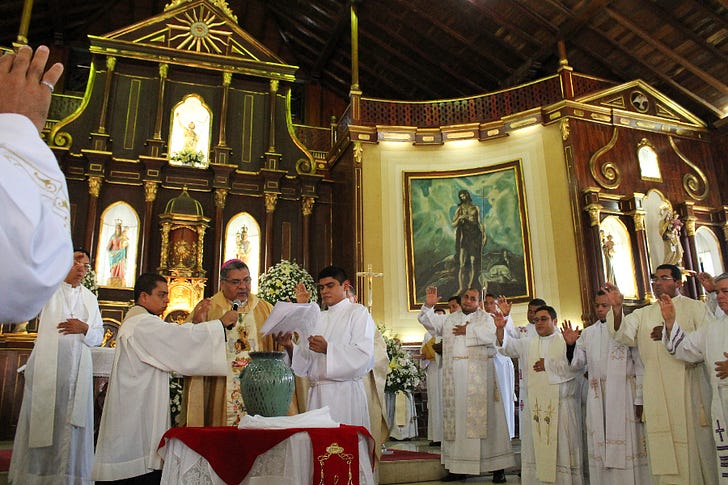Study: Sacraments in decline in Latin America
The number of annual baptisms, weddings, and confirmations declined between 2000 and 2020, while priest numbers are on the rise.
A major new study of the Catholic Church in Latin America has highlighted a decline in the number of baptisms and other sacraments.

The 286-page report, issued by the Latin American and Caribbean Episcopal Council (CELAM), said that the number of annual baptisms had fallen from 8,197,000 in 2000 to 5,135,000 in 2020. Confirmations and Catholic marriages …
